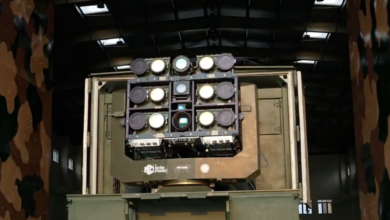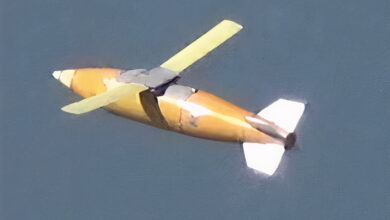Japan, India to Hold First Fighter Jet Drill in January
The Japanese and Indian Air Forces will conduct their first bilateral fighter jet training in January, bolstering ties amid continued tensions with China.
Their first-ever joint air combat training will commence on January 16 to 26 at Hyakuri Air Base in Ibaraki Prefecture, 95 kilometers (59 miles) northeast of Tokyo.
The Japan Air Self-Defense Force (JASDF) said the 10-day air drills would “promote mutual understanding and strengthen defense cooperation between the air forces.”
The JASDF will deploy four F-2 and four F-15 aircraft, while the Indian contingent will contribute at least 150 personnel with four Su-30MKI and two C-17 aircraft.
‘Two Plus Two’
In the second “two-plus-two” security talks between the two nations in September this year, the allied Asian nations called for the drills to be conducted in the near future.
During talks in November 2019, the countries agreed to the 2020 fighter exercise but postponed it due to the COVID-19 pandemic.
“The Ministers noted with pleasure that the air services of the two countries are working closely for the early conduct of the inaugural India-Japan fighter exercise,” the joint statement said.
“The Ministers also expressed their shared intention to make continuous efforts towards more complex and sophisticated bilateral exercise.”
Quad
Japan and India also form half of the alliance of four large democracies called the Quadrilateral Security Dialogue (Quad).
The multilateral initiative, which includes the US and Australia, is committed to keeping a free and open Indo-Pacific, countering China’s growing assertiveness and military influence in the contested South China Sea.
“Quad countries are committed to contributing to the region’s maritime domain awareness—a fundamental requirement for peace, stability, and prosperity—through an investment in IPMDA [Indo-Pacific Partnership for Maritime Domain Awareness] over five years,” the White House said.
“The partnership will innovate upon existing maritime domain awareness efforts, rapidly bringing emerging technologies to bear for the greater good of the Indo-Pacific community.”










8-390x220.jpg)

